In 2017, NASA and the European Space Agency reaffirmed their determination to focus once again on human space exploration. Astronauts will go back to the Moon and fly off to Mars, but they’re not the only ones planning on rocketing off to outer space. Private space companies, such as SpaceX and Virgin Galactic, want to make all of us tag along for the ride as space tourists. Here are eight space travel projects that will become a reality in our lifetime and get us that much closer to turning space into one of our many travel destinations.
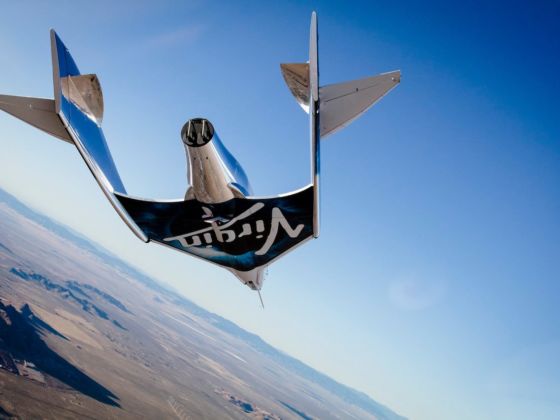
8 Space Travel Projects That Will Become a Reality in Our Lifetime
1. Take a trip to the International Space Station.
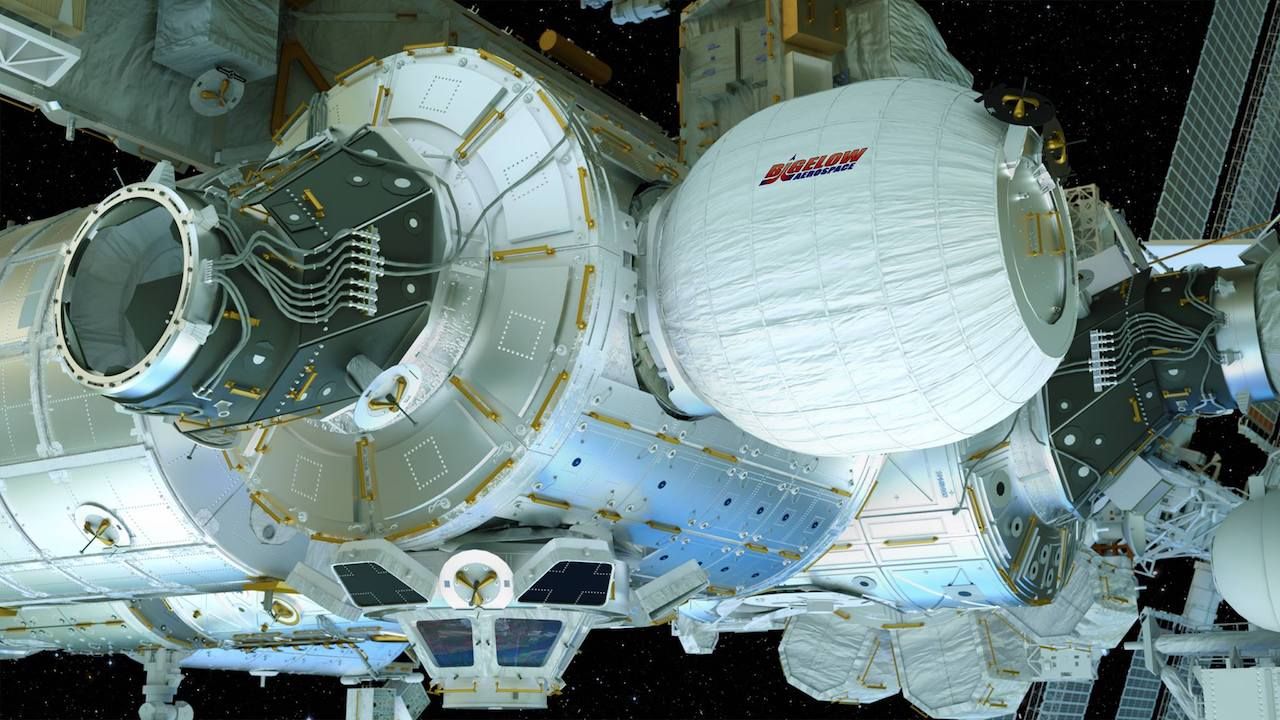
Photo: Bigelow Aerospace/Facebook
Seven fortunate private explorers have already slept aboard the International Space Station. These first-ever space tourists had private company Space Adventures arrange their flights to the International Space Station on the Russian Soyuz spacecraft for them to live and work alongside professional astronauts for 10 days. However, since 2009, no new space tourists have set foot on the ISS. But this is likely to change soon.
Bigelow Aerospace plans on turning part of the ISS into a destination hotel by developing the B330 spacecraft. The B330 project consists of attaching an inflatable commercial space station to the ISS, and was initially slated to become a reality in 2024, though the COVID-19 pandemic has delayed that date. The overall Bigelow Aerospace’s vision is to become the main stand-alone habitation system for low Earth orbit and deep space.
But Bigelow Aerospace is not the only one with their eyes set on the ISS. The Russian space agency (ROSCOSMOS) is developing a five-star luxury orbital module. This luxury orbital suite would be attached to the ISS and be used solely for space tourism. Six tourists a year could benefit from its mesmerizing view, Wi-Fi, and gym amenities.
Making the ISS a tourist destination is not cheap. Only those with a $40 million travel budget will be able to spend a week in these ISS hotel rooms.
2. Hop in an “affordable” 10-minute flight into low Earth orbit.

Photo: Virgin Galatic/Facebook
Traveling to low Earth orbit is quite straightforward: send a spaceship 50 miles up in the air with non-professional astronauts on board. For about 10 minutes, these private passengers will experience flying through space, as well as experiment with weightlessness and see the Earth from above. This suborbital tourist ride will be done through a reusable space plane, taking off from Earth and landing back horizontally just like a regular commercial aircraft.
Virgin Galactic is one of the top private actors in making space accessible for everyone through suborbital flights. Its SpaceShipTwo spaceflight is well on its way to making low-Earth orbit space travel a reality. A single seat for a flight with Virgin Galactic reportedly costs $250,000, but Omaze, the charity fundraising platform, and Sir Richard Branson, Virgin Galactic founder, have teamed up to give away two seats on a flight to space on the VSS Unity. The company’s first commercial suborbital flight took place in July 2021, carrying Sir Richard Brandon alongside three crewmates.
3. Live and work in the Axiom Space Station, ISS’ replacement.

Photo: Axiom Space/Facebook
Although not yet fully developed, Axiom Space Station is aiming to become the successor of the International Space Station and the first commercial space station when the ISS retires in 2025. The private company wants to make living and working in space commonplace — by turning Axiom into the home of professional astronauts, as well as private explorers. The station will consist of modules linked to the International Space Station that will welcome a crew of 16 people micro-gravitating in low Earth orbit. The crew will stay in cabins designed by designer Philippe Starck, admiring the view through massive windows and sharing pictures with their loved ones via the Wi-Fi connection on the space station. As soon as 2022, space tourists will be able to stay 10 days on the station for the eye-watering cost of $55 million.
4. Take a trip from NYC to LA, through Space.

Photo: SpaceX, Galactic Innovation/Facebook
The idea behind Earth-to-Earth flights is to be able to get anywhere on Earth in under an hour. This would be a revolution for airplane transportation led by the BFR reusable rocket technology from private company SpaceX. The BFR would rocket to low-Earth orbit, fly toward its destination, and come back down vertically to a dedicated spaceport, making it possible to get from New York to Los Angeles in less than 30 minutes; NYC to Shanghai in 39 minutes; and Bangkok to Dubai in 24 minutes.
The rocket is still at an early stage of development. To go from orbital testing to full-on commercial Earth-to-Earth flights will certainly require a couple of extra decades. To see what an Earth-to-Earth flight would look like, check out this video. Note that the BFR acronym is not clearly defined. Some say it stands for Big Falcon Rocket although most like to think it means Big F*cking Rocket.
5. Fly around the moon like it’s no biggie.
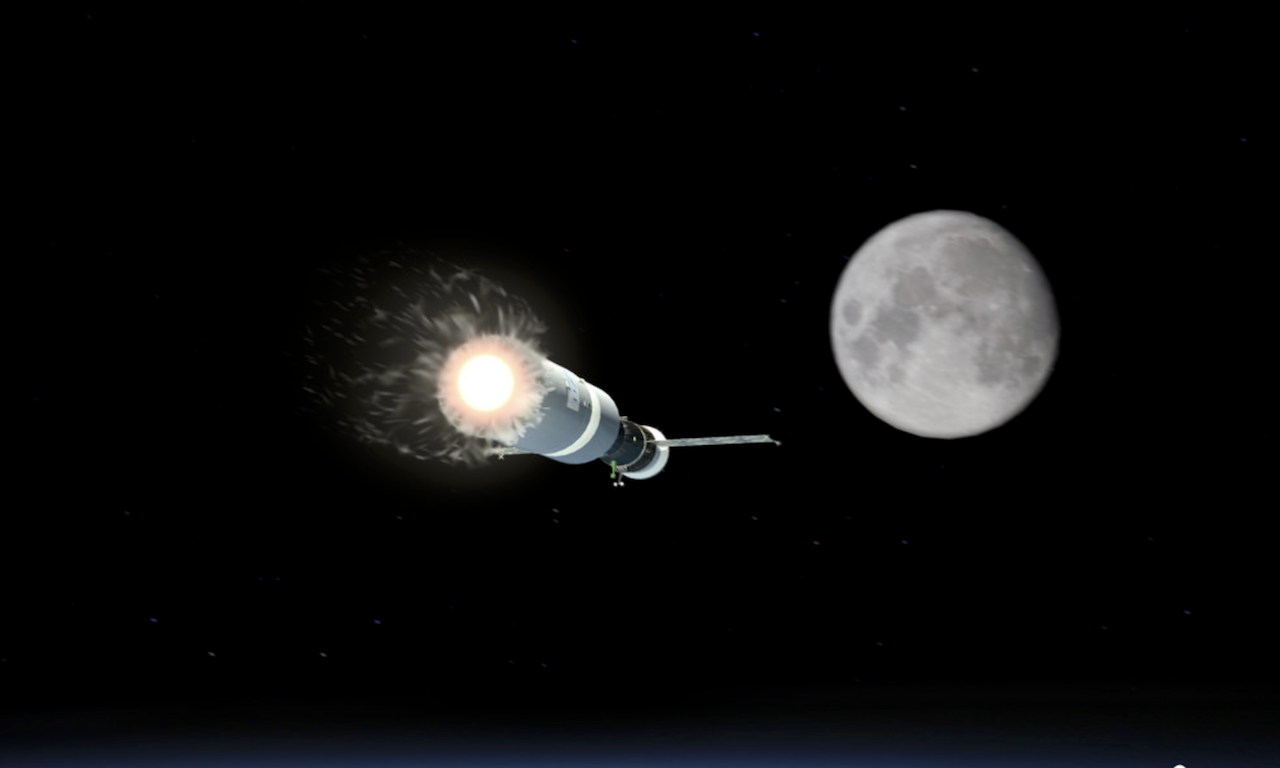
Photo: Space Adventures
Circumlunar exploration will give space tourists access to the Moon’s vicinity. Private space operator Space Adventures’ plans are to soon offer touristronauts the possibility to fly aboard a Soyuz rocket to the International Space Station for a 10-day stay so that they can adapt to the Space Environment and to zero gravity. After completion, the private explorers will hop back onto the Soyuz spacecraft and connect with a lunar module orbiting in low-Earth orbit — thus starting their real journey to the Moon, which will last approximately six days.
Landing on the moon is not part of the trip. The tourists will get as close as 62 miles from the moon’s surface, letting them join the elite club of the 24 astronauts who have left low-Earth orbit so far. The cost for this journey is still unknown.
6. Move to Mars.
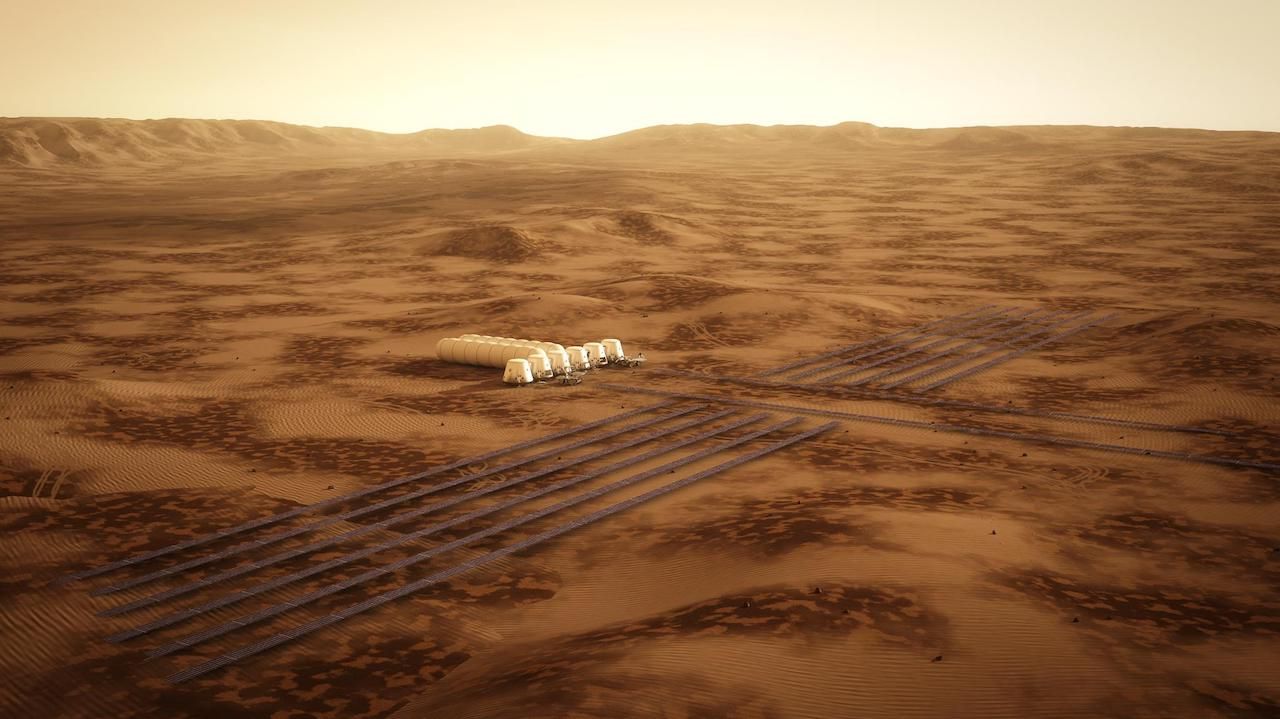
Photo: Mars One – Human Settlement of Mars/Facebook
Mars is the ultimate destination. Having the first human on Mars will most likely occur in less than 10 years, and SpaceX and Boeing are competing to get there first. Public space agencies (NASA, ESA, ROSCOSMOS, ISRO) are also working on their own technologies to fly there, although their flights would be dedicated to research and sampling only. Mars One is another private company advocating for human settlement on Mars although lack of funds might put their project in jeopardy. Regardless of whoever’s project gets concretized first, they’re paving the way to building a base and a self-sustaining human civilization on the red planet. We’re no longer solely talking about space tourism but about becoming full-time residents of Mars.
The first unmanned mission to Mars is planned for 2022 by SpaceX. Two years later, SpaceX intends to launch their first crewed mission. Boeing claims they’ll make it first, but that remains to be seen. These first trips will certainly not include touristronauts but will be the stepping stone to frequent travels to Mars for each and every one of us in about 80 to 100 years.
7. Ride a hot-air balloon to space.
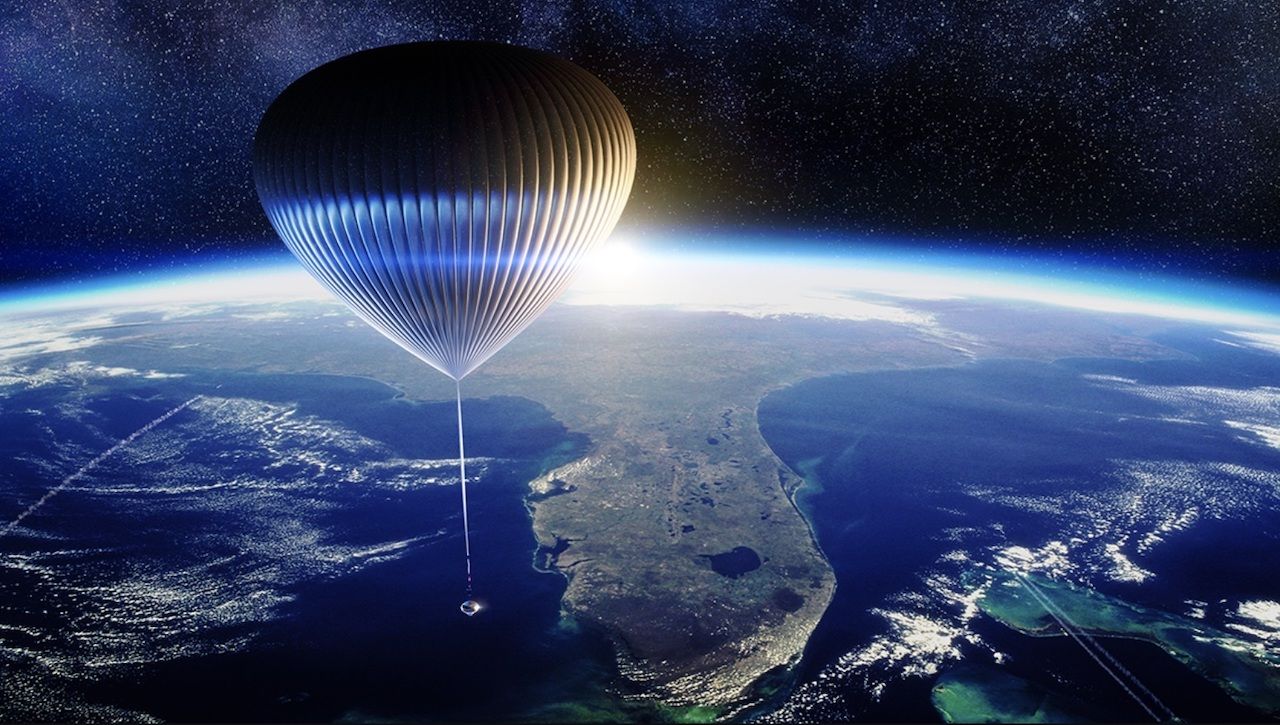
Photo: Space Perspective
If you’re picturing a hot-air balloon ride like the ones you see in Cappadocia or Albuquerque, you’ll have to adjust your expectations. Startup Space Perspective is planning to launch a tourist flight to outer space in a balloon-like shuttle for the (comparatively) low price tag of $125,000.
In 2020 the company announced its new Spaceship Neptune, a crew capsule surrounded by massive windows, and including a minibar and bathroom. The capsule would dangle from the end of a high-altitude balloon filled with hydrogen gas and hover on the edge of space. In June 2021, the company successfully completed its first test run of the capsule’s ascent into space with no humans on board, though the bookable journey likely won’t be available until 2024.
The trip is slated to last six hours, with two hours spent ascending 100,000 feet above Earth, two hours to enjoy the view, and another two hours for the descent. Reservations are now open for 2024 if you don’t mind making a refundable deposit.
8. Stay in a ferris-wheel-like pace hotel.

Photo: Orbital Assembly/Facebook
Staying in a space hotel might sound like a pretty gigantic leap into the future, but it’s not as far away as you might think. Orbital Assembly has announced that it will begin construction on the first-ever space hotel by 2026, and it will be designed to accommodate 280 guests and 112 crew members. The hotel will be housed by Voyager Station, a commercial space station, and will recreate an Earth-like environment with artificial gravity. It will, however, have a gymnasium with lunar gravity, where people can work out, play games, and see how high they can jump in a zero-gravity environment. There will also be an opportunity to take a spacewalk. Voyager Station also plans to hire world-class chefs and top entertainment to give people a truly memorable luxury experience.
The hotel isn’t likely to open before 2027, and the cost for a three-and-a-half-day excursion around Earth’s orbit is projected at around $5 million.
A version of this article was previously published on August 30, 2018, and was updated on July 26, 2021, with more information.